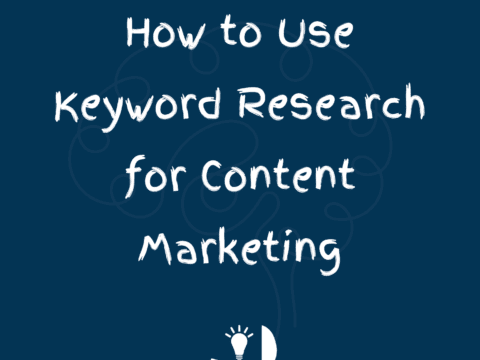Every business wants its digital presence. One way to do so is to leverage SEO to come on top of Google Search results, which we call the SERP (Search Engine Results Page).
To get here, you’ll need to have an SEO strategy that helps you:
- Drive organic traffic to a website.
- Enhance search engine rankings (SERP)
- Boost conversions through sales, sign-ups, or other key performance indicators (KPIs).
But for SEO strategy to work, you’ll need to get to its core, search engine intent. The intent tries to uncover the ‘why’ behind a search query, highlighting the underlying reason behind every query typed into a search engine.
Ahrefs analyzed over 2 million search queries and discovered that 96.55% of website content gets no traffic from Google, primarily due to misalignment with search intent.
So, understanding and catering to search intent can differentiate a successful SEO strategy from a mediocre one.
In this post, we’ll explore three different ways you can align your SEO strategy with search intent.
#1. Do Intent-Focused Keyword Research
Traditional keyword research focuses on finding high-volume keywords that are relevant to your business. But, intent-focused keyword research goes a step further. It categorizes these keywords based on the underlying purpose behind a user’s search query.
For this, you’ll need to identify the terms and phrases your target audience uses when searching for information, products, or services related to your business.
There are four main types of search intent:

Informational Intent
You’ll use keywords with informational intent to attract users who are looking for information or answers to questions.
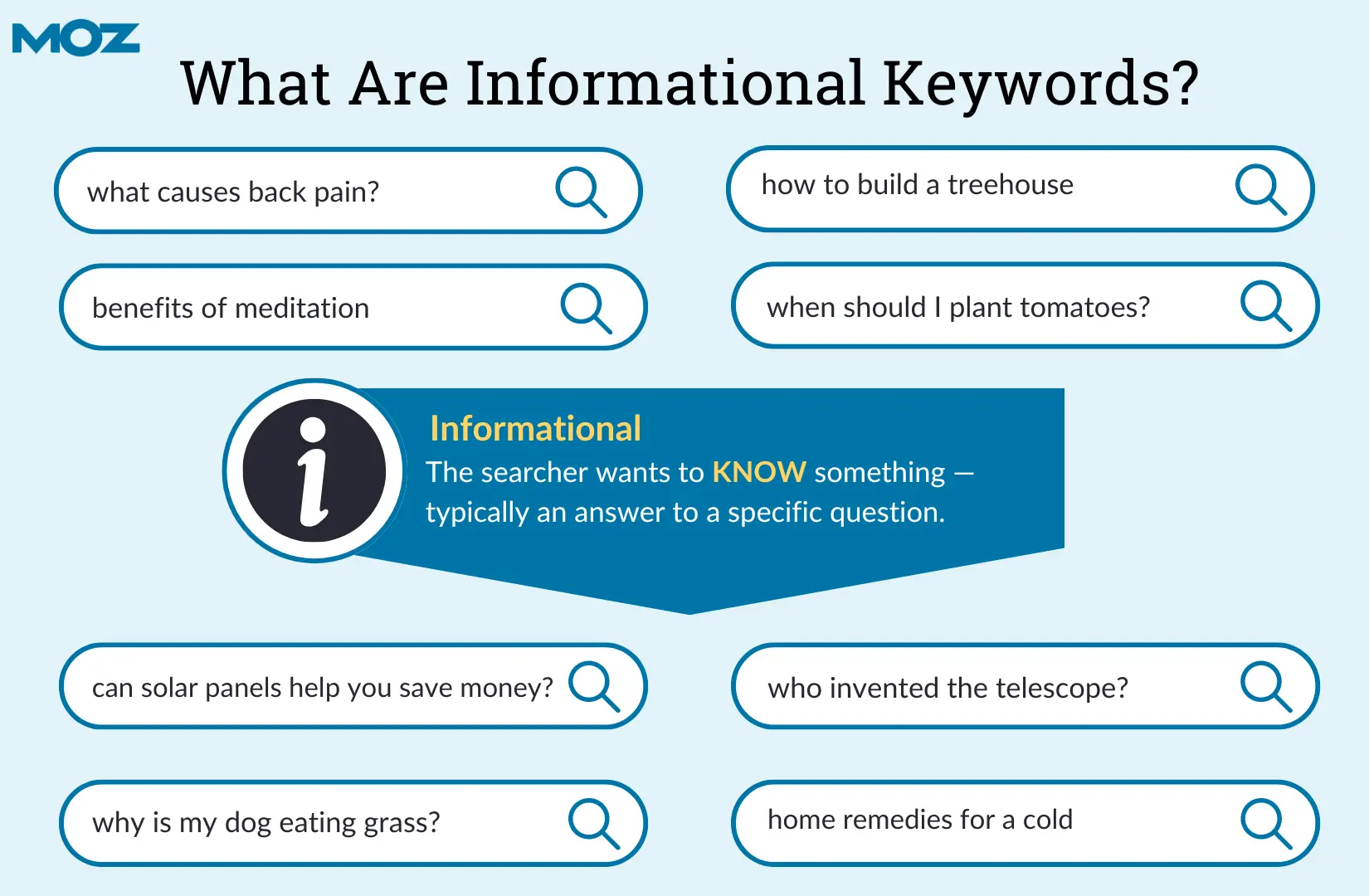
For example, an eCommerce business might target keywords like “how to measure shoe size” or “benefits of ergonomic office chairs.”
The informational intent helps address the below-mentioned purposes:
- Focus on keywords that directly answer users’ questions to build trust from the start. This will make your brand the friendly expert they remember.
- Create content that people genuinely want, drawing visitors to your blog posts, guides, and FAQs that provide real help.
- Keep visitors engaged. Finding helpful answers on your site encourages them to explore further, bookmark, or sign up for updates.
- Boost your website’s reach since keywords that answer questions tend to attract high search traffic, increasing visibility.
- Build rapport through relevant content to lay the groundwork for future sales, creating a solid foundation beyond a quick sale.
Commercial Investigation Intent
This is an intent where users are in the research phase before making a purchase decision.
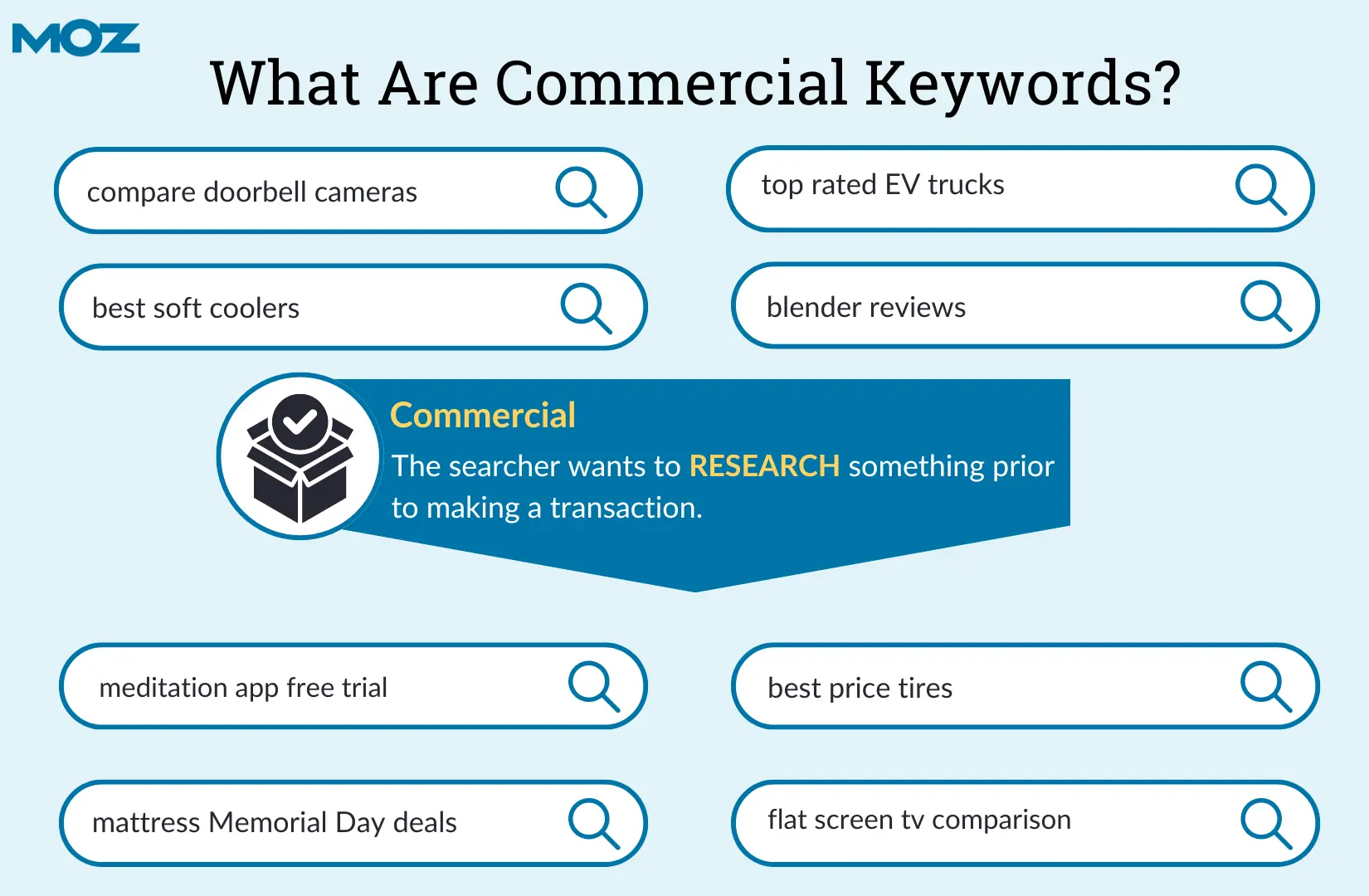
They might search for comparisons or reviews, like “best project management software 2024” or “CRM vs. ERP.”
You can achieve the following by using keywords with commercial investigation intent.
- Guide potential buyers by targeting keywords like “best” or “top” to help them explore options before deciding.
- Showcase product comparisons, reviews, and lists, as these draw in users who are weighing choices.
- Build credibility by offering detailed insights that help users evaluate and trust your brand.
- Increase site engagement with content that addresses buyer concerns and comparisons they care about.
- Position your brand as a top choice by providing precise, helpful details that support informed decisions.
Transactional Intent
Users often demonstrate intent to make a purchase or complete a specific action.
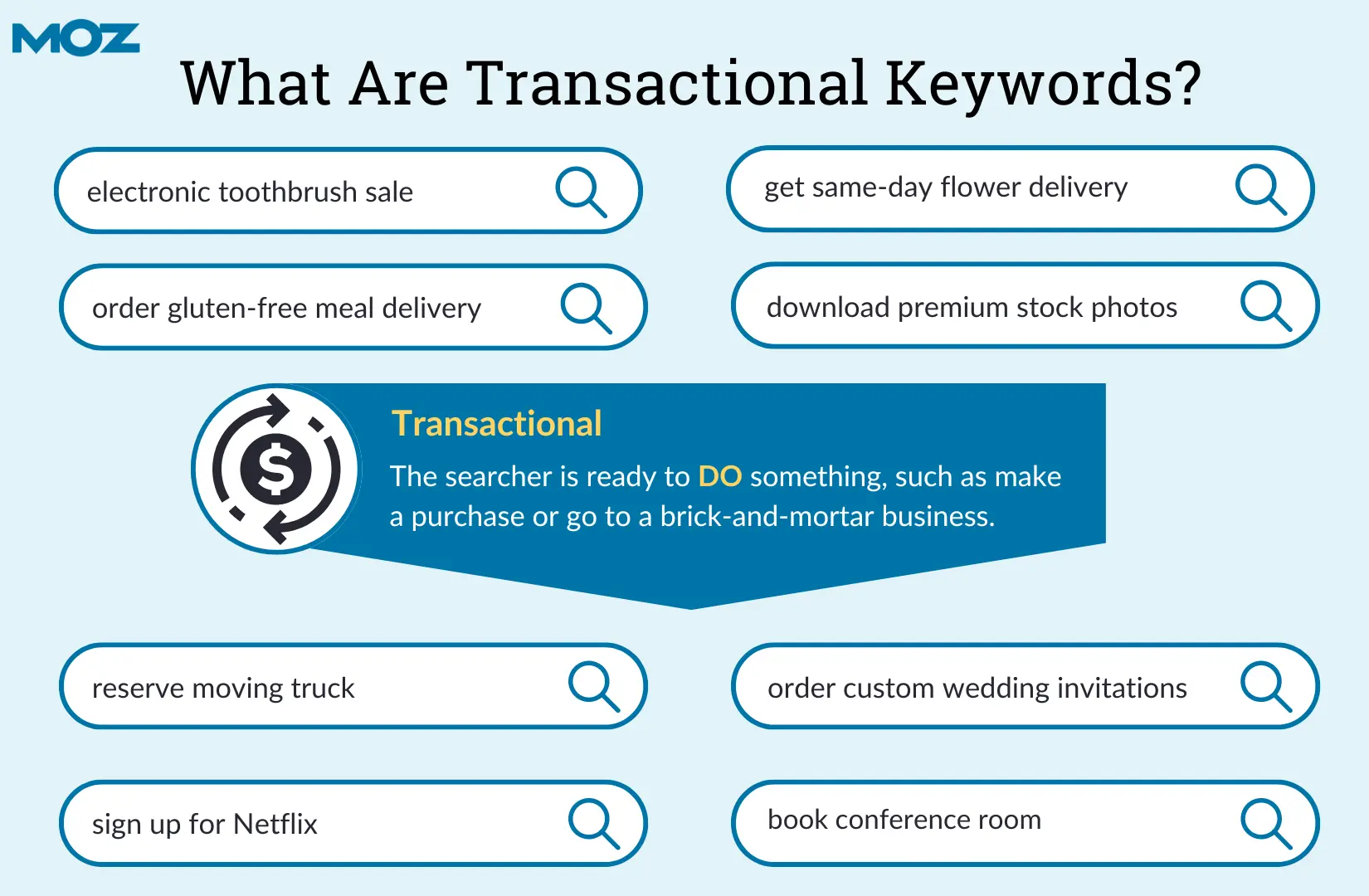
Keywords in this category include terms like “buy,” “order,” or “download,” such as “buy running shoes online” or “download CRM software.”
By using transactional intent keywords, you can unlock the following:
- Drive conversions with keywords like “buy,” “order,” or “discount” that target users who are ready to make a purchase.
- Simplify the buying process by highlighting CTAs, pricing, and quick purchase options.
- Boost trust with customer reviews and precise product details that reassure users that they are ready to commit.
- Capture high-intent traffic by using direct, action-oriented keywords that appeal to ready-to-buy customers.
- Increase sales by providing easy navigation and direct links to checkout, streamlining the path to purchase.
Navigational Intent
This is the type of intent that users demonstrate when searching a specific website or page.
Keywords might include brand names or product names, such as “Shopify login” or “Slack pricing page.”
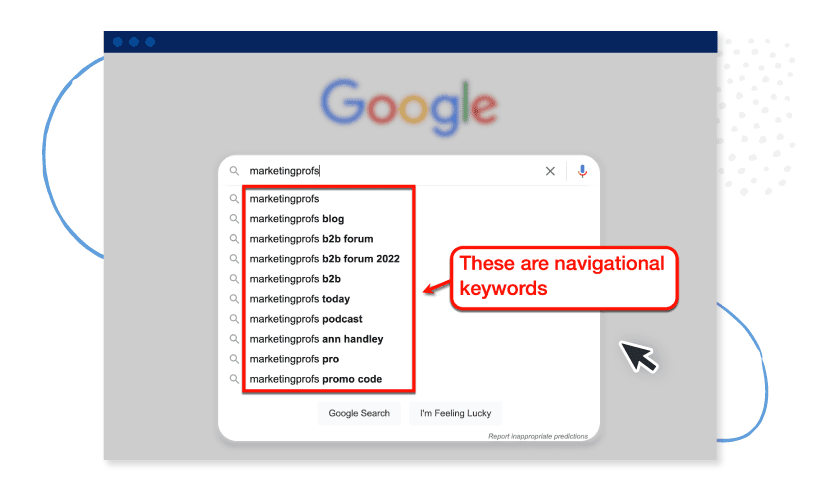
Once you are clear with the types of intent, consider taking the following actions to perform keyword research based on search intent.
- Keyword Research Tools: Use tools like Google Keyword Planner, Ahrefs, SEMrush, and Moz Keyword Explorer to discover relevant keywords, analyze search volume, and assess competition.
- Google Search Console: Analyze your website’s search queries to pinpoint keywords that are already driving traffic and discover possible opportunities.
- Competitor Analysis: Study your competitors’ keyword strategies to recognize gaps and areas for refinement.
- Long-Tail Keywords: Focus on long-tail keywords (longer, more specific phrases) as they often have lower competition and higher conversion potential.
Here’s what you do with the navigational intent keywords:
- Direct users to specific pages by targeting keywords like “login,” “homepage,” or “contact,” helping them quickly find precisely what they need.
- Enhance user experience by simplifying access to popular site sections, such as “pricing” or “services.”
- Reinforce brand recognition by making it easy for users to locate your brand’s official resources directly.
- Drive returning visits as users search directly for your brand, building familiarity and trust.
- Reduce bounce rates by ensuring users land on the exact page they’re seeking, streamlining their journey on your site.
#2. Create Content That Matches User Intent
After listing the intent-focused keywords, create content that matches the user intent behind those queries. This will help you gain a deep understanding of your audience’s needs, pain points, and goals. Gaining a deep understanding of your audience’s needs, pain points, and goals is crucial for SEO agencies to effectively tailor strategies that align with intent-focused keywords.
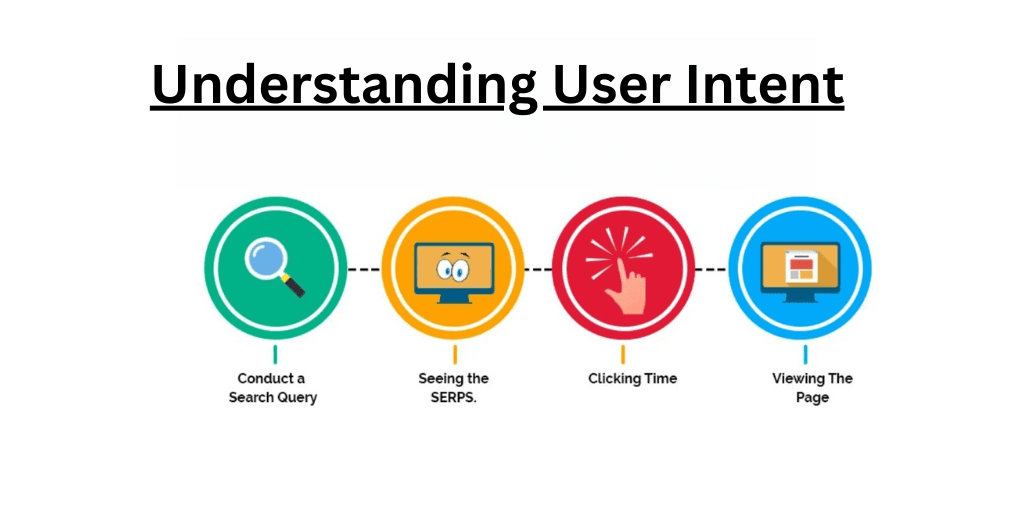
It is such that users perform a search with a specific goal in mind. Now, if your content is unable to meet that goal, they’ll quickly leave your page. This results in high bounce rates and poor user engagement metrics.
That’s why you’ll have to craft content that precisely addresses the user’s intent. This will keep them on your site longer, encourage them to interact with your brand, and ultimately drive conversions.
For this, it is best to do the following:
Understand the User’s Journey
Map out your target audience’s buyer’s journey. Ideally, you should detail each of their touchpoints before making a purchase.
Typically, it should look this way:
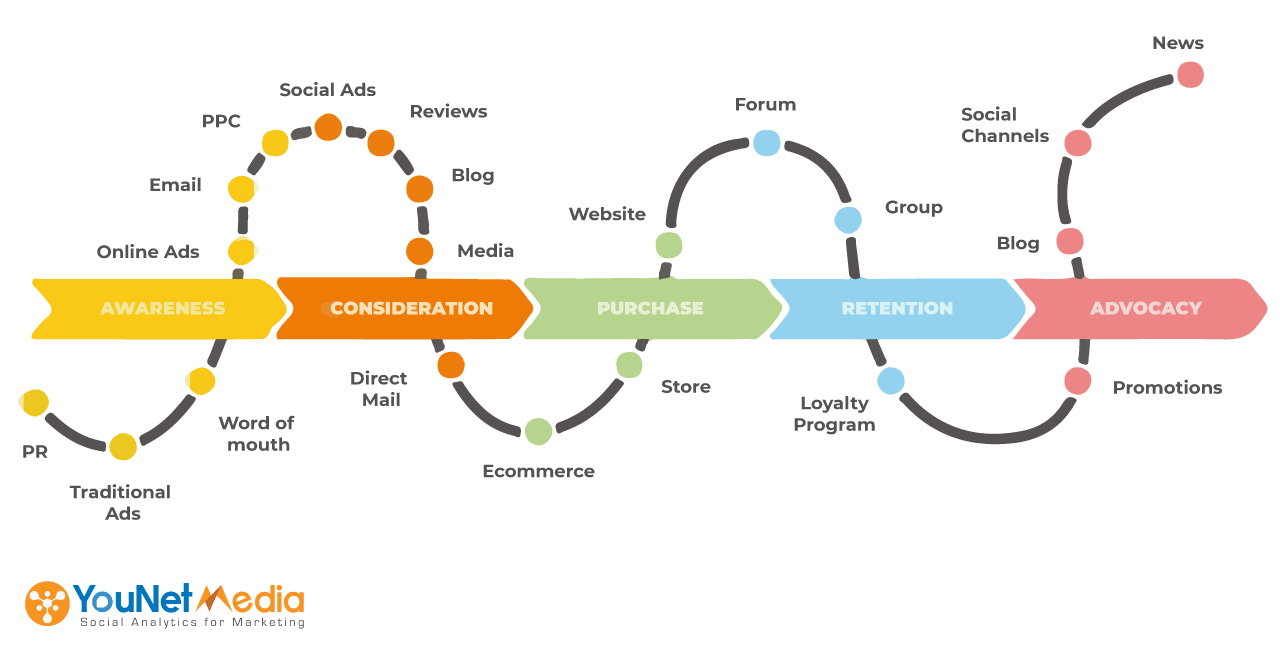
For eCommerce businesses, this could be from awareness (informational searches like “best types of running shoes”) to decision (transactional searches like “buy running shoes online”).
Similarly, a SaaS firm might consider content that addresses early-stage research (informational), comparison guides (commercial investigation), and free trials or demos (transactional).
Craft Tailored Content
Tailor each piece of content to the specific intent behind the keyword.
For example, if the keyword is “how to choose the right performance management software,” keep your content an in-depth guide that educates the reader on the factors to consider, the benefits of different options, and perhaps even a comparison of top performance management tools.
If the keyword is transactional, such as “buy performance management software,” the content should be more direct, focusing on the features, pricing, and how to get started with a purchase quickly.
How can you make sure to craft such nuanced content for SEO purposes?
- Start by Understanding Each Keyword’s Purpose
Look closely at each keyword to get a feel for what the searcher genuinely wants. Check if the information, guidance, a product, or something specific about your brand is present so that you pinpoint the intent that sets the tone.
- Pick the Right Content Format for Each Intent
Once you’ve nailed the intent, consider the best format. For instance, an “informational” keyword works well with a blog post or a detailed guide, whereas a “buy” keyword is ideal for products or landing pages that get straight to the point.
- Structure to Guide the Reader Naturally
Customize the layout to make it easy for the reader to find exactly what they’re after. Informational pages should boast clear headings and a flow that builds understanding. Transactional pages should also highlight essentials like product features and a CTA so readers can act quickly.
- Speak Their Language: Each intent has its vibe. For “how-to” searches, keep it friendly, step-by-step, and helpful. Your “buy” searches should cut to the chase with concise language about benefits, pricing, and purchase steps.
- Guide with Intent-Focused CTAs: Create CTAs that feel natural and match what the reader came for. For info-driven pages, suggest other helpful resources or sign-ups. While on a transactional page, go straight to “Buy Now” or “Get a Demo”—actions that make sense to someone ready to take that next step.
Use the Appropriate Content Format
Even the type of content you use can significantly affect its effectiveness in meeting user intent.
Below, we have the four major types of content with examples.

For example, listicles and how-to guides can be effective for informational purposes. Similarly, product pages, reviews, and comparison formats are better suited for commercial investigation and transactional purposes.
Likewise, video content, infographics, and interactive tools can be highly effective if they match users’ intent and preferences.
Optimize On-Page Elements
Lastly, make sure your content for the on-page elements is optimized. This means working well on meta titles, descriptions, headings, and even images (with alt text) to reflect the user’s intent.
Below are some major on-page elements you need to consider when aligning content with your SEO strategy.

It not only helps you with SEO but also provides a way for users to immediately see that your content will meet their needs if they land on your page.
#3. Use Structured Data to Enhance SERP Visibility
Structured data (known as schema markup) is a powerful tool for helping search engines better understand the content on your web pages.
So, suppose you want to align your SEO strategy with search intent. In that case, you cannot overlook implementing structured data, which provides explicit clues about the meaning and context of your content.
What does SERP provide?
Here’s a quick overview:
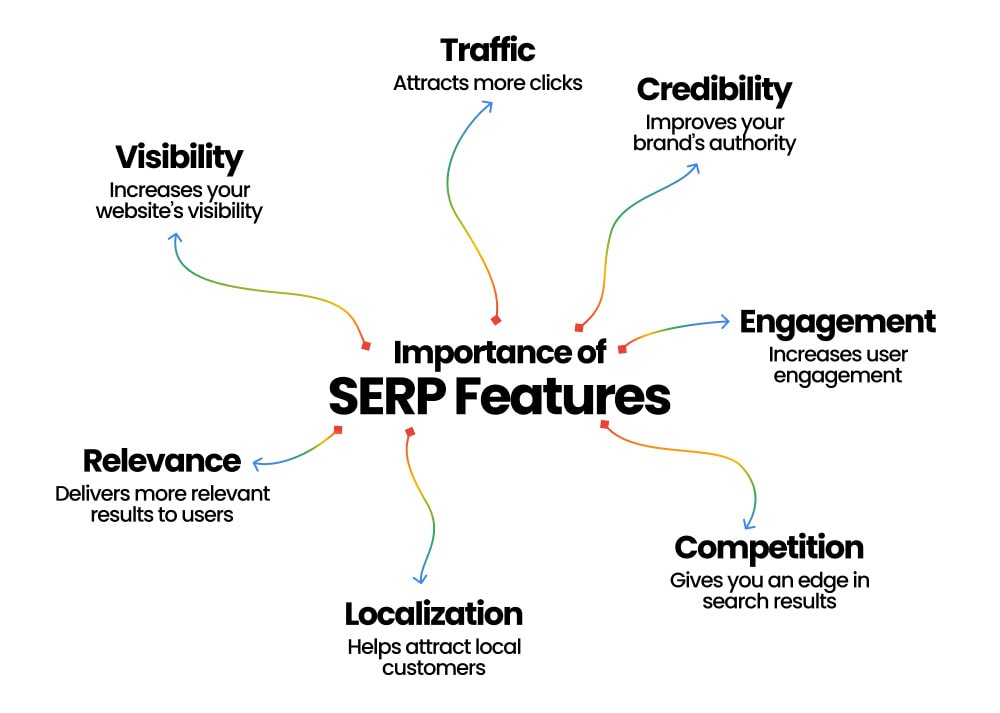
Source: Mastroke
It will enable search engines to display rich snippets in search results that show enhanced listings. These snippets will include additional information like product ratings, reviews, event dates, and more.
Here are different types of schema that should be optimized with search intent:
- Product Schema: It displays product-specific information, like price, availability, and ratings, directly in the search results.
- Article Schema: Enhance articles by marking up critical details like the author, publication date, and headline. This type of schema is ideal for blog posts, news articles, and long-form content.
- Event Schema: This one highlights the event details, including the date, time, location, and performer or speaker, directly in the search results.
- Local Business Schema: Optimized for providing essential information about a local business, such as address, phone number, opening hours, and customer reviews.
- Recipe Schema: It includes detailed recipe information, such as ingredients, cooking time, nutritional information, and even ratings, directly in the search results.
- FAQ Schema: Displays commonly asked questions and answers directly in the SERPs, providing immediate value to users.
- Video Schema: This feature allows you to show additional information about a video, including duration, upload date, and description, enhancing its visibility in search results.
Once you understand the different types of schemas, you can implement structured data for search intent by taking the following actions.
Identify Relevant Schema Types
Know your page’s content and the intent you’re targeting. Then, choose the appropriate schema type.
For instance, if your page is a product page on an eCommerce site, you might use Product schema, which can display price, availability, and reviews directly in the SERPs.
Enhance Clickability with Rich Snippets
Rich snippets provide users with high-level information at a glance that aligns perfectly with their search intent.
For example, if someone is searching for “best ERP software reviews,” a rich snippet displaying ERP features, star ratings, and the number of reviews can make your content stand out.
Use Breadcrumb Schema for Better Navigation
Breadcrumb schema helps users understand where they are on your site, especially for complex navigational intent. It will demonstrate a trail of links from the homepage to the current page, making it easier for users to backtrack or explore other related content.
It’s a highly useful method for eCommerce sites, where users might want to explore different categories or products.
Use the Right Tools
Finally, you’ll need a range of tools to streamline the process of adding and validating structured data on your website.
Here’s how you can combine them in a workflow.
- Start with Schema.org: Use Schema.org to choose the appropriate schema types and characteristics for your content. This ensures you use proper markup and follow industry standards.
- Generate Markup with Google’s Structured Data Markup Helper: Once you know which schema to use, head over to Google’s Structured Data Markup Helper. Tag the relevant elements on your webpage, and let the tool generate the markup code for you.
- Validate with Rich Results Test: Before deploying the markup on your live site, run it through Google’s Rich Results Test. This will help you catch any errors or issues that might prevent your content from being eligible for rich snippets.
Conclusion
Aligning your SEO strategy with search intent is not just about ticking off boxes or chasing algorithms. You’ll need to forge a deeper connection with your audience. Hence, you’ll need to invest in understanding their needs, pain points, and aspirations. Accordingly, you’ll deliver content that addresses those needs in a meaningful and impactful way.
You’ll, therefore, need to work on intent-focused keyword research that contributes to crafting content that resonates on a human level. Also, don’t forget to optimize meta tags for clarity and relevance. Remember, you’re not just aiming to rank higher in search results; you’re building a relationship of trust and value with your audience.




